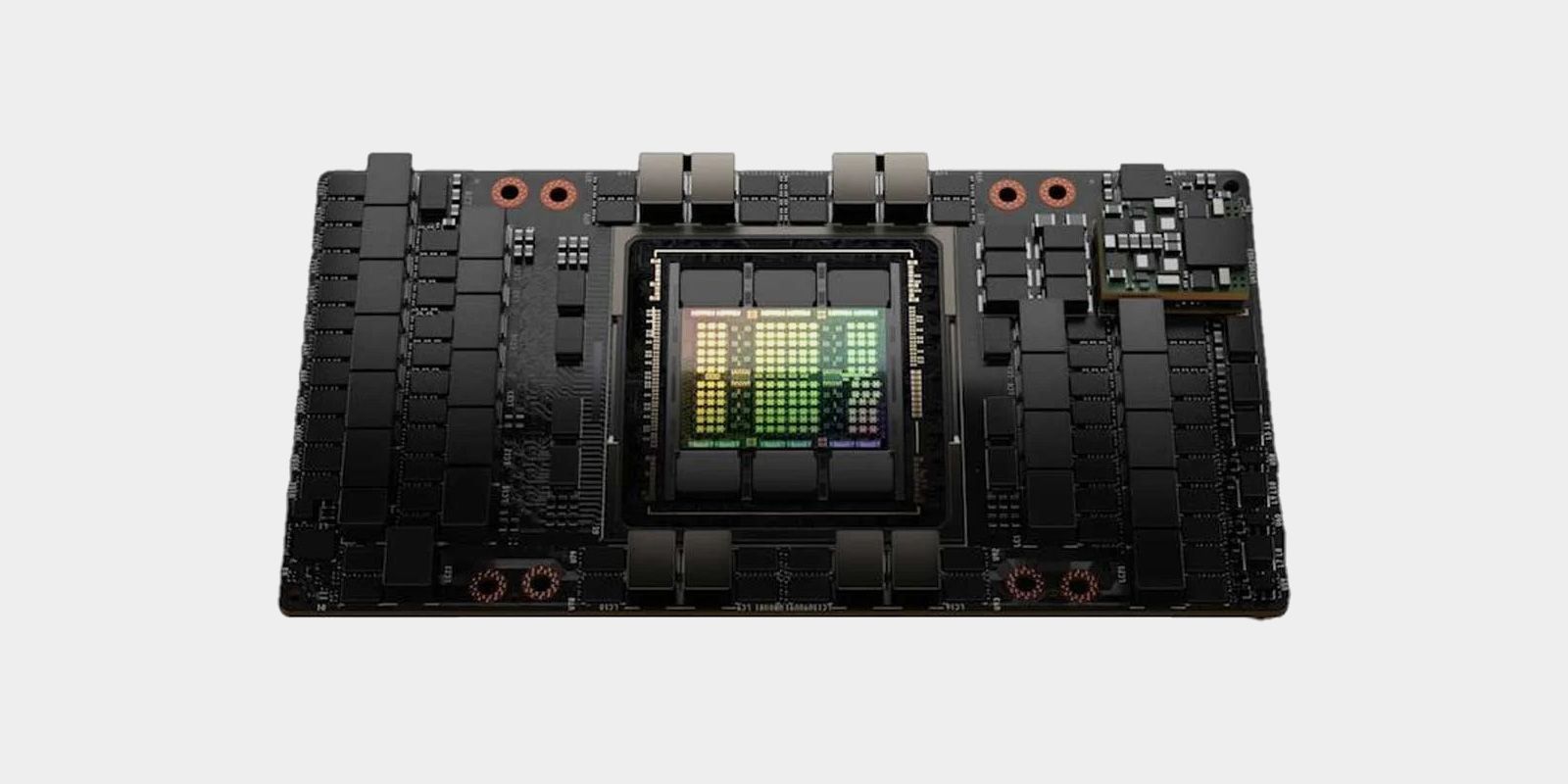
Nvidia H100 GPU
Article content:
Key Features of Nvidia H100
General Advantages of Nvidia H100
General Disadvantages of Nvidia H100
Nvidia H100 Models Overview
Detailed Comparison of Nvidia H100 Models
Industries and Applications of Nvidia H100
Compatibility with Emerging Technologies
Conclusion
The Nvidia H100, built on the Hopper architecture, represents a significant leap in GPU technology. Designed to accelerate artificial intelligence (AI), deep learning, high-performance computing (HPC), and data analytics, it follows the success of the A100 series by delivering unparalleled performance, power efficiency, and data handling capabilities. The H100 is equipped with fourth-generation Tensor Cores, optimized for parallel processing and designed to enhance the performance of AI models. One of its standout features is support for FP8 precision, offering greater speed and accuracy in deep learning tasks.
- Key Features of Nvidia H100
- Fourth-Generation Tensor Cores: Enhanced performance for deep learning and AI model training.
- Hopper Architecture: Cutting-edge design for efficient and powerful computing.
- HBM3 Memory: Up to 80GB of high-bandwidth memory, delivering up to 3.35 TB/s bandwidth.
- FP8 Precision: Provides superior speed in AI computations, optimizing precision.
- General Advantages of Nvidia H100
- Significant Boost in AI Processing: The H100 increases the speed of AI model training, thanks to the Hopper architecture and fourth-generation Tensor Cores.
- Support for Advanced Technologies: Integration with NVLink and MIG (Multi-Instance GPU) allows for optimized multi-user environments and more efficient use in data centers.
- HBM3 Memory Support: High-bandwidth memory significantly improves performance in deep learning and data-heavy algorithms.
- Power Efficiency: The H100 offers tunable power settings, enabling energy optimization for various workloads.
- General Disadvantages of Nvidia H100
- High Cost: The H100’s premium pricing may be out of reach for smaller businesses or smaller-scale data centers.
- Energy Consumption: Some models, like the H100 SXM with 700W power, can pose challenges related to heat and power management in data centers.
- Advanced Infrastructure Requirements: Fully leveraging the H100’s potential requires advanced server infrastructure and cooling systems.
- Nvidia H100 Models Overview
The Nvidia H100 is available in three primary models, each catering to different use cases:
- Nvidia H100 SXM
- Memory: 80GB HBM3
- Power Consumption: 700W
- Memory Bandwidth: 3.35 TB/s
- Key Feature: Ultra-high memory bandwidth through NVLink, ideal for large-scale AI.
- Applications: Suitable for large data centers and supercomputers, used for AI research, simulations, and high-performance computing tasks.
- Nvidia H100 PCIe
- Memory: 80GB HBM3
- Power Consumption: 350W
- Memory Bandwidth: 2.0 TB/s
- Key Feature: Lower energy consumption with standard PCIe interface.
- Applications: Ideal for data centers looking for energy-efficient solutions with rack-mounted servers.
- Detailed Comparison of Nvidia H100 Models
|
Model |
Memory |
Power Consumption |
Memory Bandwidth |
Energy Efficiency |
Best Use Case |
|
H100 SXM |
80GB HBM3 |
700W |
3.35 TB/s |
High |
AI research, supercomputers, HPC |
|
H100 PCIe |
80GB HBM3 |
350W |
2.0 TB/s |
Moderate |
Standard data centers, rack-mounted servers |
- Pros and Cons of Each Model
Nvidia H100 SXM
Pros:
- Unparalleled Processing Power: Ideal for large-scale AI and HPC projects.
- Extreme Memory Bandwidth: Efficient data access and handling for massive datasets.
Cons:
- High Energy Consumption: 700W power usage requires advanced cooling systems.
- Expensive: The highest-end model, making it less accessible for smaller businesses.
Nvidia H100 PCIe
Pros:
- Energy Efficiency: At 350W, it’s more suitable for traditional server setups.
- Easy Installation: With a PCIe interface, it’s compatible with a wider range of servers.
Cons:
- Lower Bandwidth: Reduced memory bandwidth compared to SXM can be limiting for extreme AI workloads.
- Industries and Applications of Nvidia H100
- Artificial Intelligence and Deep Learning: The H100 excels at AI model training and inference, using its powerful Tensor Cores for enhanced parallelism.
- Automotive Industry: Essential for developing autonomous driving systems and processing sensor data in real-time.
- Scientific Computing and Research: H100 is ideal for complex simulations in physics, chemistry, and other fields that rely on quantum computing or molecular modeling.
- Big Data Analytics: The high bandwidth and parallel computing capabilities of the H100 are perfect for large-scale data analysis and data mining.
Compatibility with Emerging Technologies
The Nvidia H100 is highly compatible with modern computing infrastructures and technologies such as:
- NVLink: A high-speed interconnect technology that improves bandwidth between GPUs for multi-GPU setups.
- MIG (Multi-Instance GPU): Splits a single H100 GPU into multiple smaller, dedicated instances to maximize utilization in cloud environments.
- Cloud Platforms: Supports deployment in cloud environments, making it a flexible solution for both private and public cloud infrastructures.
- Conclusion: Why Choose Nvidia H100 for Your AI and HPC Needs?
The Nvidia H100, with its cutting-edge Hopper architecture, is a perfect fit for enterprises and research institutions looking to push the boundaries of AI, HPC, and data analytics. Its high memory bandwidth, Tensor Cores, and versatile models make it adaptable to a wide range of applications, from scientific research to automotive innovations. However, businesses need to weigh the costs, power consumption, and infrastructure requirements to ensure that they select the right model for their needs.
